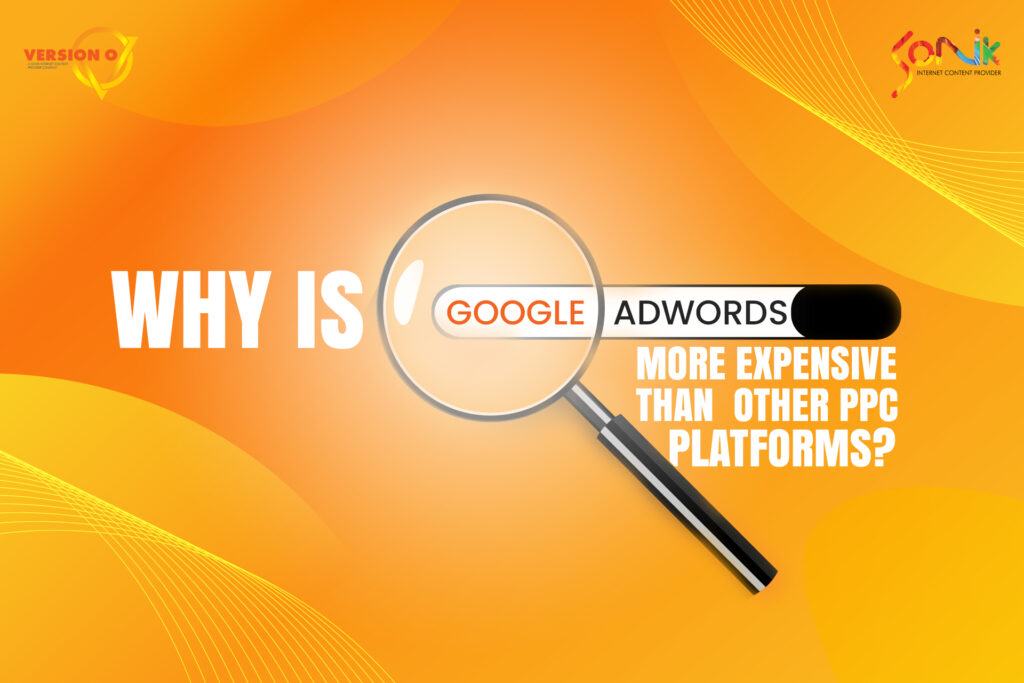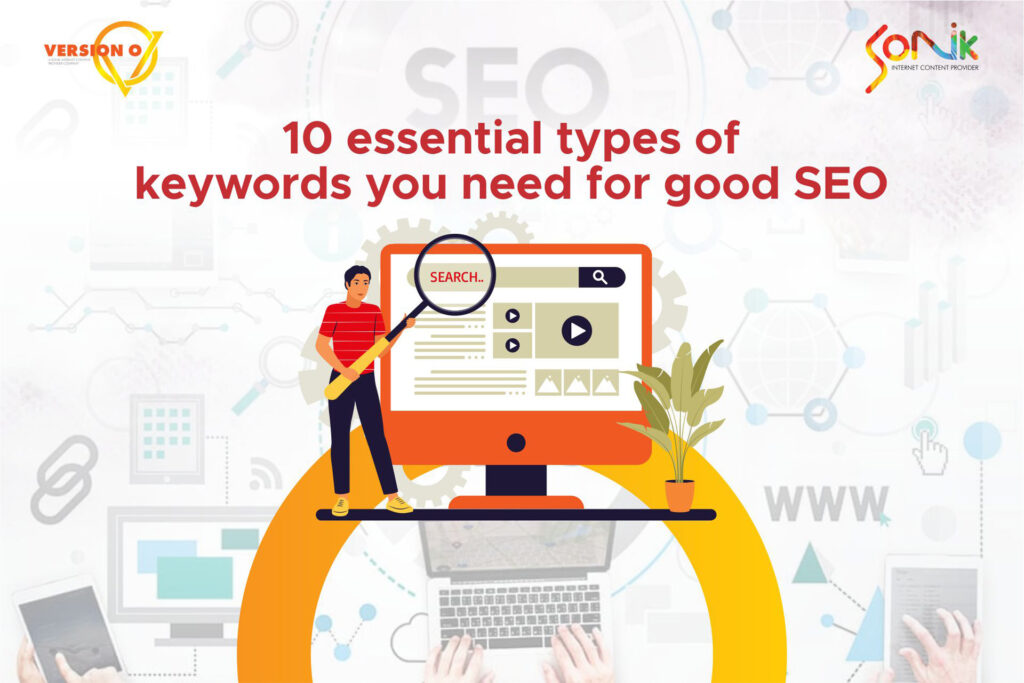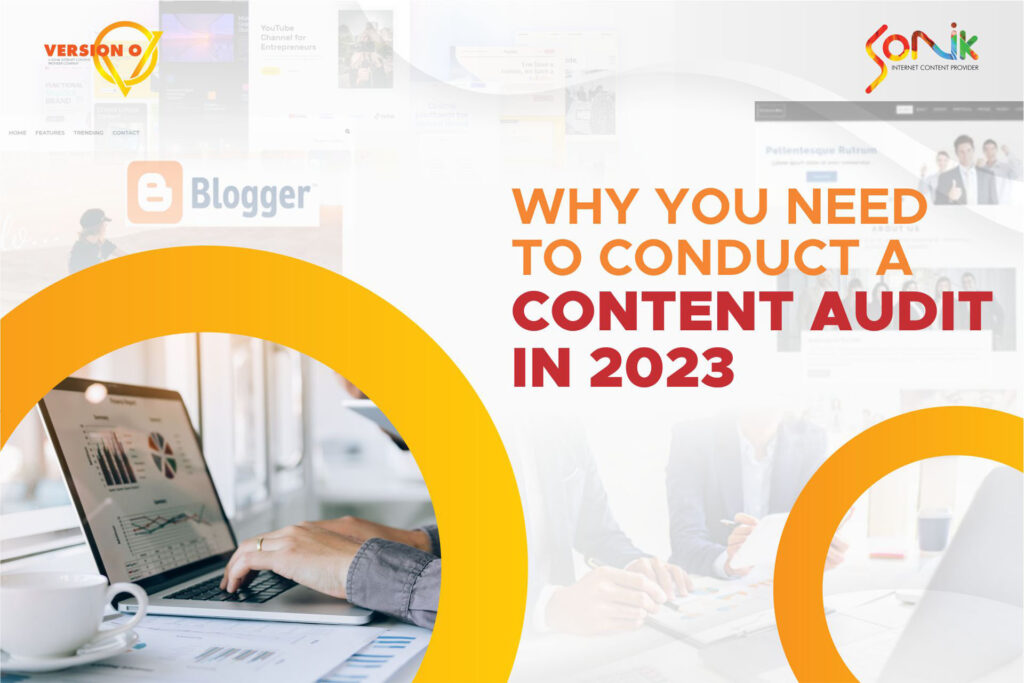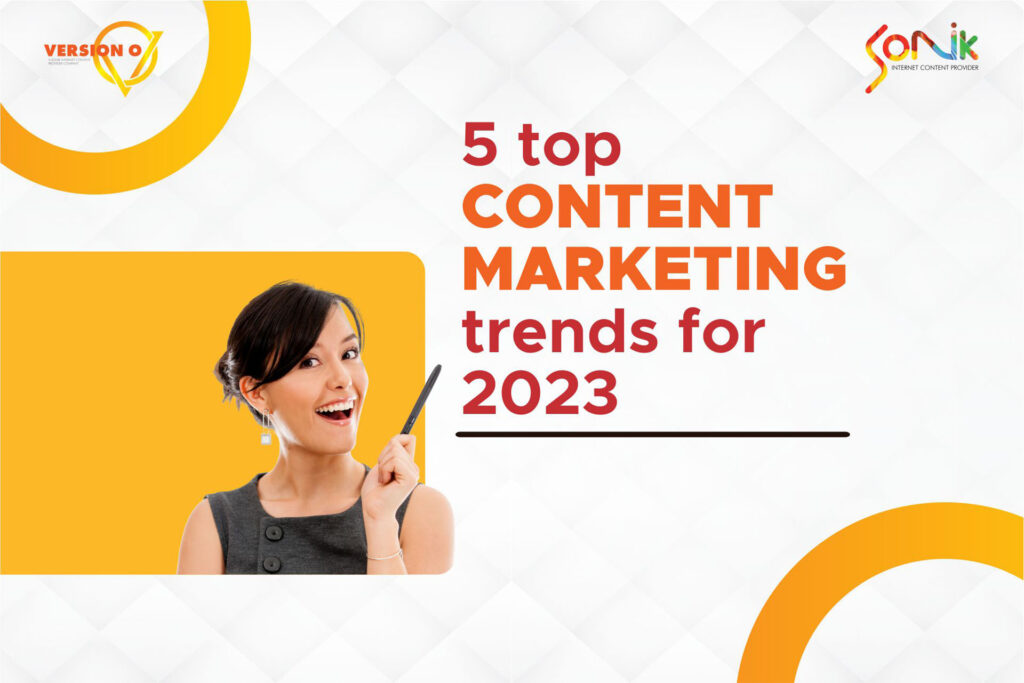Paid advertising is one of the most commonly used methods of quickly gaining traction in the digital world. You pay a platform – the most common being Google Ads – to show your ad. Then, your ad gets shown to more members of your desired target audience, and you hope you’ll see more conversions and more business.
However, not many people are aware of how this whole system works. And if you’ve tried other platforms, it soon becomes clear that Google Ads can be costlier than most other providers out there, including competitors like Microsoft’s Bing, and social media companies like Meta (Facebook and Instagram) and LinkedIn.
The key questions our clients have asked us include: why is Google AdWords more expensive than other PPC platforms? How are these prices decided? How can you use it wisely without burning through your allocated budget in a matter of days? And, perhaps most importantly, should one even consider using Google Ads if it’s so expensive?
We’re going to dig deeper into this issue and give you all the answers right here. Let’s start with the type of advertising Google offers.
What is PPC?
PPC, or Pay-Per-Click, is an online advertising model where businesses pay a platform for each click that their ads get.
It’s very similar to placing an ad in a magazine or paying for a banner ad on a website, but instead of paying a fixed price for a chosen duration, you instead pay only when someone clicks on your ad.
Many platforms offer PPC solutions, but the most well-known, and arguably most common, is Google Ads (AdWords). This solution allows businesses of all stripes to create campaigns, choose relevant keywords, and create compelling ads that show up when people search for their products or services.
How does Google Ads work?
Google has a very strong presence in search – as of 2023, it controls over 85% of the entire global market share1. This makes Google Ads an excellent playing field in which you can capture the attention of users actively searching for products or services.
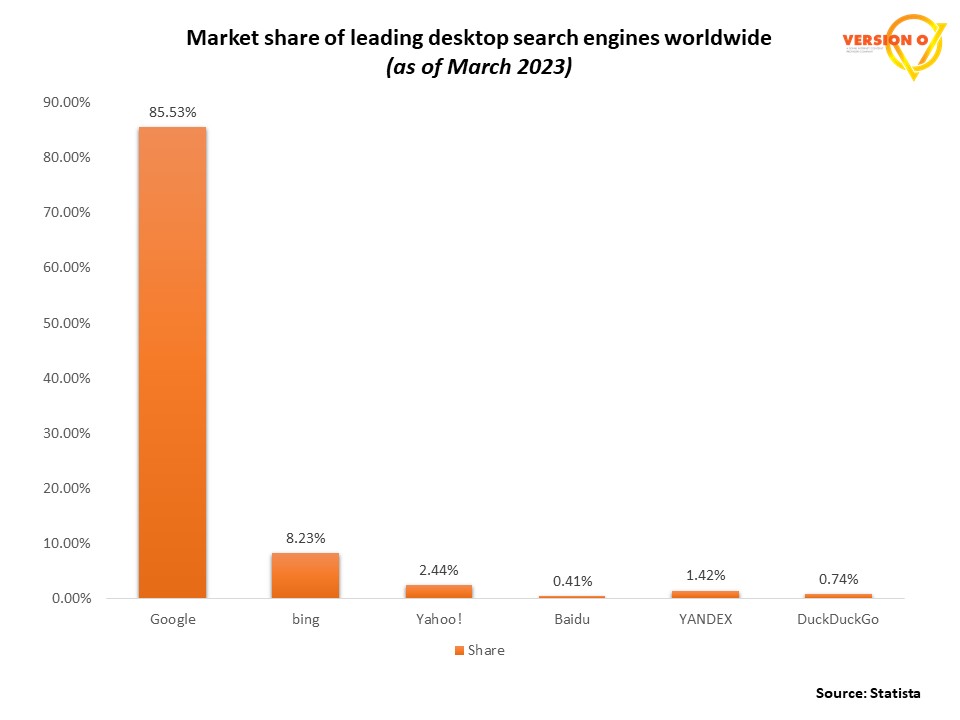
In Google Ads, you, the advertiser, will set a maximum amount you’re willing to pay for each click. This is the maximum cost-per-click bid.
When someone searches for a keyword that matches the advertiser’s chosen keywords, an auction takes place among advertisers interested in that keyword. This PPC auction process happens almost instantly, taking place in a matter of milliseconds.
How does the PPC auction work?
When a user enters a search query – say, Italian restaurant near me – the PPC auction begins. It takes place in real-time, evaluating ad bids and quality scores to determine which ads are displayed on the search results page.
In this example, we’re talking about restaurants. Among the various restaurants that have bid on the keyword ‘Italian restaurant’ or even the whole phrase being searched for, the ad that has the highest value gets served first. Then comes the one with the next-highest value, then the one below that, and so on.
The auction process is controlled and managed by the PPC advertising platform – here, Google Ads. The platform handles the entire auction mechanism, including the selection of ads and determining the ad position based on factors like bid amount, ad quality, and relevance.
Who controls the PPC auction?
You and any number of other advertisers can participate by setting their bids and creating compelling ads, but the actual auction and selection process are automated and controlled by the advertising platform.
The ad with the highest combination of bid and quality wins the auction and gets displayed to the user. The advertiser is charged only when someone clicks on their ad.
This approach makes PPC in a platform like Google Ads cost-effective because you pay only when people show interest in your ad by clicking on it. It ensures that your ads are seen by potential customers who are actively searching for what you offer.
However, because so many people are ‘bidding’ on popular keywords, and because Google has a huge chunk of the search market, the costs for Google AdWords PPC keep rising over time, and some brands may find it’s already too expensive.
How costly is Google vs other PPC platforms?
When it comes to reach and cost in PPC advertising, Google Ads stands out as a dominant platform. It provides access to an extensive network, including Google Search, Display Network, YouTube, and partner websites, allowing you to reach a vast audience. For example, in retail shopping, more than 75% of search ad spend goes to Google.2
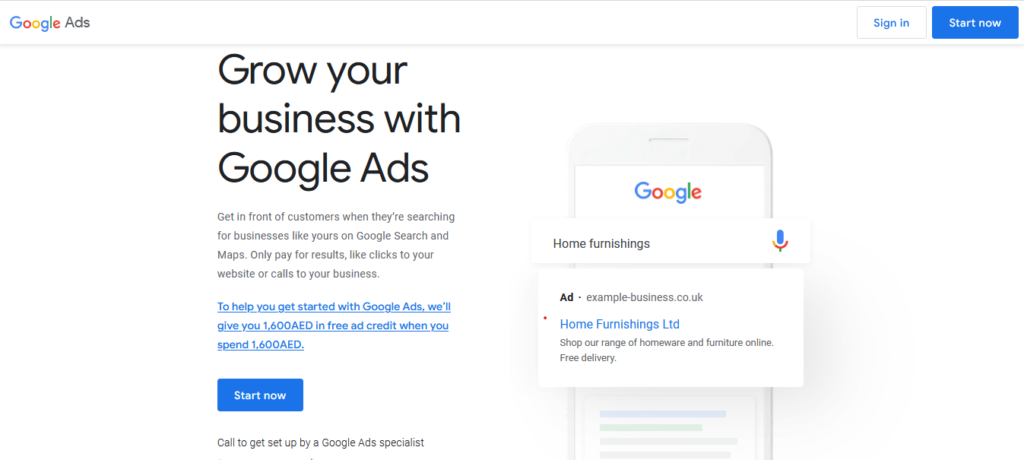
On the other hand, alternative PPC platforms like Facebook Ads, LinkedIn Ads, and Microsoft Advertising have their unique strengths. Social media platforms like Facebook and Instagram offer extensive user bases and sophisticated audience targeting options based on demographics, interests, and behaviours. These excel at reaching specific user segments and engaging users within their social feeds.
Microsoft Advertising, although with a smaller reach compared to Google Ads, can still be effective, especially for reaching audiences using the company’s search engine, Bing, and its partner networks.
In terms of ad cost, your actual expenses can vary depending on factors such as competition, industry, and targeting options.
Google Ads tends to have a broader reach, but it can also be more competitive, resulting in higher cost-per-click rates. In comparison, alternative platforms may offer more cost-effective options, particularly when targeting specific audiences or niche markets.
At this point, you may have wondered about the term ‘competition’, and how it affects online ads. Let’s explain that.
How does competition for keywords work in online advertising?
In the world of online paid ads, competition for keywords occurs when multiple advertisers target the same keywords or search terms. In the example above, we’re talking about a large number of Italian restaurant owners or their marketing teams all wanting to bid on the keyword ‘Italian restaurant’.
In this scenario, each advertiser obviously wants their ad to be displayed when someone searches for this term (it’s more nuanced than that – for example, Google also considers where the user is searching from, in order to serve local results – but let’s not get into that).
However, every ad cannot be displayed: there are only a limited number of ad slots available on the search results page. This creates competition among advertisers to secure those valuable positions for their ads. To determine which ads get displayed, the auction-based system comes into play.
Google evaluates each advertiser’s maximum bids and ad quality to assign an Ad Rank to each ad. The ads then get displayed in the order of their Ranks.
More reasons why Google Ads can become expensive
The above is not a comprehensive overview of why this particular platform is more expensive. While we’ve touched on the obvious points, there are still more reasons why Google Ads tends to be more expensive. Below are a few.
Enhanced demographic and location-based targeting
Google gives you advanced targeting options, allowing you to narrow down your audience demographic and increase the likelihood of reaching potential customers. This covers features such as location targeting, demographic targeting, and interest-based targeting.
All of these enable businesses to focus their ad campaigns on specific groups of people. While these definitely do enhance ad effectiveness, they also contribute to the higher costs associated with Google AdWords.
Retargeting and Remarketing
Another powerful feature of Google Ads is the ability to retarget and remarket to users who have previously interacted with your website or ads. This technique keeps your brand fresh in the minds of potential customers, increasing the chances of conversion.
However, implementing retargeting and remarketing campaigns incurs additional costs, adding to the overall expense of using Google for paid ads.
Frequent Updates and New Features
Google is continuously evolving its advertising platform, introducing new features, targeting options, and ad formats to help advertisers connect with their audience more effectively. However, these innovations require significant investments in research, development, and maintenance. The costs associated with this ongoing improvement are inevitably reflected in the pricing structure of Google AdWords.
So should you continue using Google Ads?
In summation, while Google AdWords may appear more expensive than other PPC platforms, it’s important to consider the value and reach that it offers. The dominance of Google’s search engine, the extensive ad network, and the emphasis on quality and relevance all contribute to the higher costs.
Moreover, the precise targeting capabilities, retargeting options, and continuous innovation make Google AdWords a powerful advertising tool for SME owners. By understanding these factors, you can make informed decisions about allocating your advertising budget and leveraging the potential of Google AdWords to grow your business.
If you need any assistance starting or managing your paid advertising campaigns, we’re just an email or phone call away. Send us a message and we will schedule a free consultation!
Liked this article? Make sure to follow our blog for more updates – and follow us on Facebook, Instagram, LinkedIn and Twitter too for regular tips and tricks!
References:
- Statista, Worldwide Market Share of Search Engines
- Smart Insights, The Rise of Google Shopping

